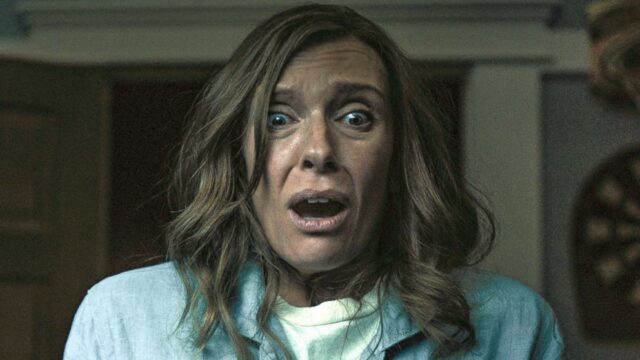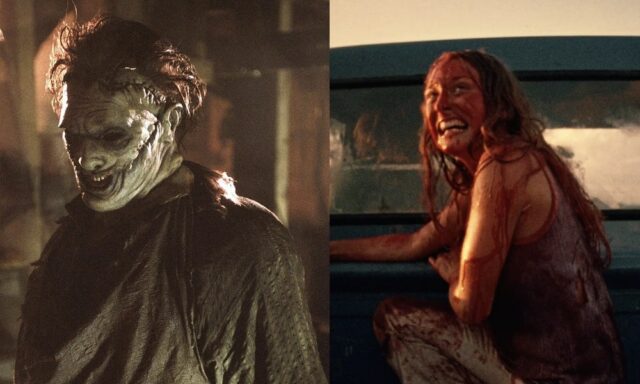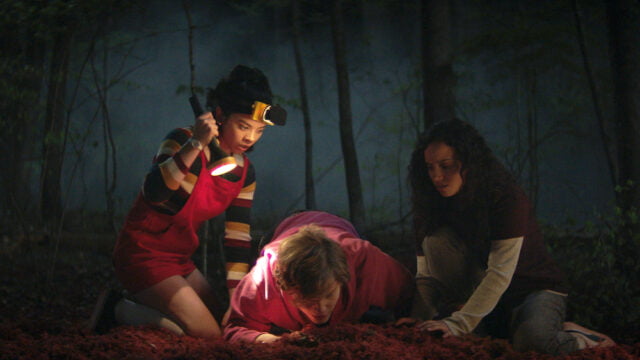A lot of us enjoy horror movies for the sheer suspense and the thrill it adds. The sinister sounds, the sudden appearance of a spirit out of thin air, and the adrenaline rush form a horror movie’s basic framework.
But have you ever wondered about the healing effect it might have or the catharsis it achieves?

Horror movies have a profound effect on our psychological being. And at times it has been proven to help people overcome their anxiety and fear of the real world.
It has helped people to believe that if they can sit through a gory horror film despite the anxiousness and nervousness it arouses, then they can overcome any situation in reality.
Horror Movies Are A Form Of Exposure Therapy
Our bodies process fear in different ways. Some choose to outrun or avoid the danger like the final girl Sally who runs away from the chainsaw-wielding cannibal, Leatherface in the movie Texas Chainsaw Massacre (1974) whereas some choose to stay and confront it like the final girl Deena Johnson who fought every zombie that the spirit of Sarah Fier threw in her way in the movie The Fear Street Trilogy (2021) – the flight and fight response.

However, when the moment of such a threat has passed, our body relaxes. It is this relaxation that researchers have tapped into with exposure therapy.
While watching a horror movie, a person is in a safe environment with control over his or her fear. Repeated exposure to such a controlled fear experience has often helped in the dismissal of the trauma or anxiety.

A study in 2018 based on the effects of horror movies has proven that horror fans may enjoy being scared because it helps them gain mastery over their fears from the safety of their houses or darkened movie theatres.
Read More: Terribly Underrated Tales Of Horror Are On The Radio In Bengal
Studies That Are Witness To The Healing Effects Of Horror Movies
In the 1990s, a case study was found where a troubled 13-year-old boy watched horror movies because it was therapeutic. A more recent 2020, case study inferred that horror movies are the highest level of fear-inducing experience. Hence, when exposed to frightening situations, the body reacts in a similar way it does to horror movies.
In fact, the famous horror writer Stephen King is known to derive the ideas and inspirations for his books by imagining the worst possible outcome, so that he can be mentally prepared if it were to occur in real life.
The horror genre was first introduced in America with Dracula as its debut in the early 1930s. What was surprising was how well the movie flourished during The Great Depression.

Disorders That Horror Movies Have Put A Balm On
Horror movies have been found particularly helpful in aiding Post-Traumatic Stress Disorder (PTSD), Phobias, and Obsessive-Compulsive Disorder (OCD).
When times have been tough, audiences have found peace in escapism. And this particular form of escapism, though not yet proven, has helped a huge chunk of the mass.
Image Credits: Google Images
Sources: National Geographic, The Cavalier Daily
Find the Blogger: @Rishita51265603
This post is tagged under coping with stress, coping with trauma, emotional help, evil spirits, exposure, exposure therapy, how can you use anxiety for better, how to overcome social anxiety, life experiences, dracula, fear, fear from the dark, horror movies, haunted, horror, horror tales, psychology, psychotherapy, psychological, scary movies, movies, spooky movies, real life trauma, ghosts, ghost stories, ghostly, trauma, traumatic event, fear trilogy, Texas chainsaw massacre, trauma therapy, traumatic life, mental health, mental healthcare
Other Recommendations:
How Indian Horror Movies Exploit Religious Sentiments To Instil Fear In the Viewer’s Psyche






























